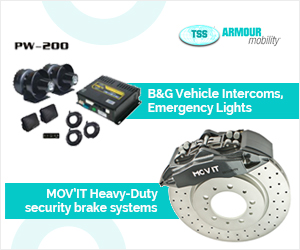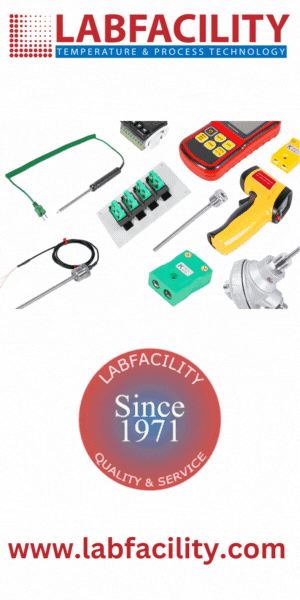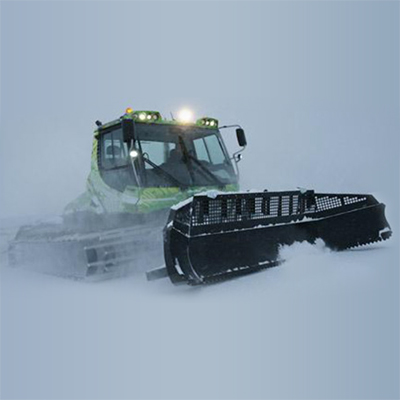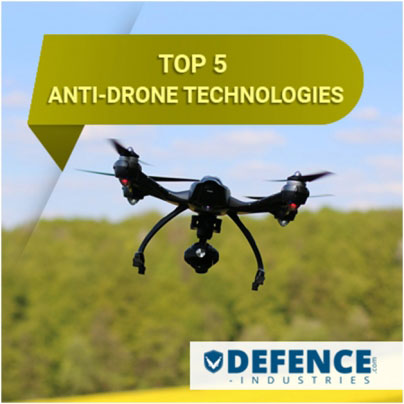Top 11 Advancements in Military Personal Protective Equipment
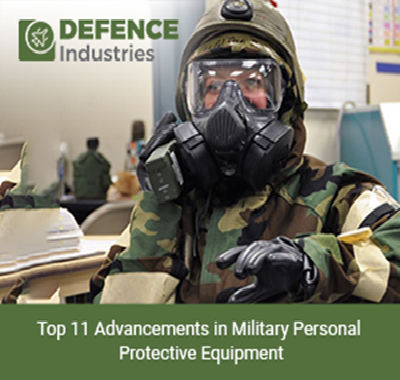
Introduction
In the ever-evolving landscape of modern warfare, the safety and protection of military personnel remain a paramount concern. Military forces around the world are continually pushing the boundaries of innovation to develop state-of-the-art Military Personal Protective Equipment (MPPE) that not only safeguards soldiers from various threats but also enhances their overall combat effectiveness. This article delves into the recent advancements in military PPE, showcasing how cutting-edge technology and design are revolutionizing soldier safety on the battlefield.
Military Personal Protective Equipment
1. Cutting-Edge Body Armor and Ballistic Protection
Advances in material science have led to the creation of lightweight yet highly effective body armor systems as part of military personal protective equipment. Modern military personnel now benefit from body armor plates made of advanced composite materials that can withstand high-velocity projectiles and provide enhanced protection against various ballistic threats. These plates are meticulously designed to disperse impact energy, reducing the risk of injury significantly. Moreover, flexible armor solutions have been developed to ensure soldiers maintain their mobility without compromising protection, allowing them to operate effectively in diverse combat scenarios.
| Also Read: Modernizing Military Training for Today's Threats |
2. Helmets: The Vanguard of Safety
Helmets are a cornerstone of military PPE, safeguarding soldiers from head injuries and providing ballistic protection. Recent innovations in helmet technology have resulted in lighter and more ergonomic designs, catering to the dynamic needs of the modern battlefield. Advanced materials like ballistic fibers and composites offer improved impact resistance and shock absorption, ensuring soldiers are shielded from a variety of threats. Integration of communication systems, night vision devices, and other sensors directly into the helmet design further enhances situational awareness and mission effectiveness, making helmets more than just protective gear.
3. Communication Integration for Enhanced Coordination
Effective communication is vital on the battlefield, and modern military PPE incorporates advanced communication systems directly into the gear, ensuring a holistic approach to personal protective equipment for military personnel. Helmet-mounted displays provide real-time data, maps, and critical information to soldiers, empowering them with the tools they need for informed decision-making. These integrated communication systems also allow for secure and seamless information exchange between team members, contributing to coordinated efforts and the accomplishment of successful missions.
4. Thriving in Challenging Environments: Night Vision and Thermal Capabilities
Soldiers often operate in challenging environments that demand versatile personal protective equipment. Modern advancements in thermal and night vision technologies have been seamlessly integrated into military PPE, allowing soldiers to navigate and engage effectively in adverse conditions. These innovations provide a significant edge by assisting in identifying hidden threats and enhancing target identification, while the incorporation of night vision capabilities extends soldiers' operational effectiveness during darkness.
5. Safeguarding Against Chemical and Biological Hazards
Safeguarding against chemical and biological hazards stands as an essential element within the realm of military personal protective equipment. Cutting-edge PPE encompasses ensembles, respirators, and filtration systems meticulously crafted to offer a robust shield against an extensive array of perilous substances. These defensive protocols guarantee the capability of soldiers to function in scenarios featuring chemical or biological dangers, thus diminishing the likelihood of exposure and associated health hazards. This stands as an indispensable component of military personal protective gear.
6. Prioritizing Comfort and Mobility
In addition to protection, comfort, and mobility are paramount in the design of modern military PPE. Ergonomically designed gear, as a key element of military personal protective equipment, allows soldiers to move freely and perform their duties without hindrance. Adjustable straps, strategically placed padding, and efficient ventilation systems contribute to overall comfort during extended periods of wear, ensuring that soldiers can focus on their missions without being encumbered by their protective gear.
|
Also Read: Military Robotics and Autonomous Systems: The Future of Warfare |
7. Targeted Ergonomics for Maximum Performance
Recognizing that soldiers must operate in a wide range of conditions, modern Military Personal Protective Equipment (MPPE) prioritizes targeted ergonomics. Adjustable straps, strategically placed padding, and ventilation systems ensure that gear fits securely and comfortably, regardless of the soldier's body type. This attention to detail allows soldiers to move freely and perform their duties without restrictions, boosting overall performance and mission success.
8. Mobility and Flexibility: Unleashing Soldier Agility
Incorporating mobility and flexibility into MPPE has become a cornerstone of modern design. Innovations in materials and construction techniques have led to gear that adapts to the soldier's movements, allowing for agile response and quick adjustments. From body armor that doesn't hinder mobility to gloves that provide dexterity for intricate tasks, every aspect of MPPE contributes to maintaining soldiers' fluidity on the battlefield.
9. Sustainability and Durability: Gear Built to Last
Sustainability and durability have become integral considerations in the development of MPPE. With a focus on reducing waste and minimizing environmental impact, military gear is now designed to withstand harsh conditions and extended use. Utilizing advanced materials and engineering, MPPE is built to endure the rigors of combat, ensuring that soldiers are equipped with gear that remains reliable and effective throughout their missions.
10. Training and Familiarization: Enhancing Soldier Preparedness
Incorporating new technology and design elements into Military Personal Protective Equipment (MPPE) requires proper training and familiarization. Military personnel receive specialized training to ensure they understand the features and functions of their gear. This training not only boosts their confidence in using the equipment effectively but also maximizes the advantages offered by the latest advancements. By being well-versed in the operation of their MPPE, soldiers are better prepared to face diverse challenges on the battlefield.
11. Adaptive Modular Systems: Tailored Protection for the Mission
Adaptive modular systems have revolutionized the customization of MPPE. These systems allow soldiers to tailor their gear to the specific requirements of their mission. Components such as additional armor plates, specialized pouches, and equipment attachments can be added or removed based on the needs of the operation. This flexibility ensures that soldiers are neither burdened by unnecessary weight nor lacking essential tools, optimizing their ability to perform effectively and respond dynamically to changing scenarios.
Conclusion
The evolution of Military Personal Protective Equipment (MPPE) reflects a commitment to providing soldiers with the best possible tools for their safety and success. From advanced body armor and helmets to integrated communication systems and protection against hazardous agents, modern MPPE encompasses a comprehensive approach to safeguarding soldiers in the field. With targeted ergonomics, enhanced mobility, and a focus on sustainability, MPPE equips soldiers with the means to perform at their best, adapting seamlessly to the challenges of modern warfare. As innovation continues, the future of MPPE holds the promise of even greater advancements that will continue to enhance soldier safety and effectiveness on the battlefield.


